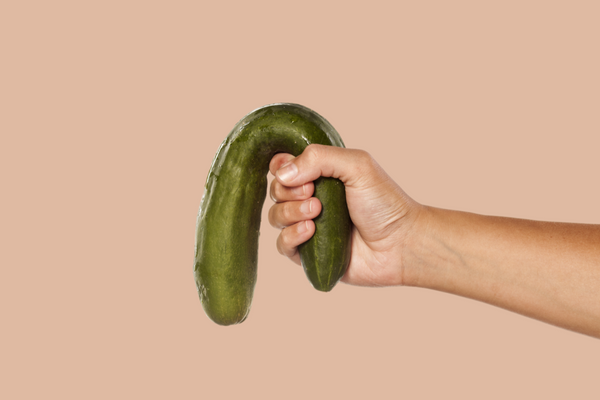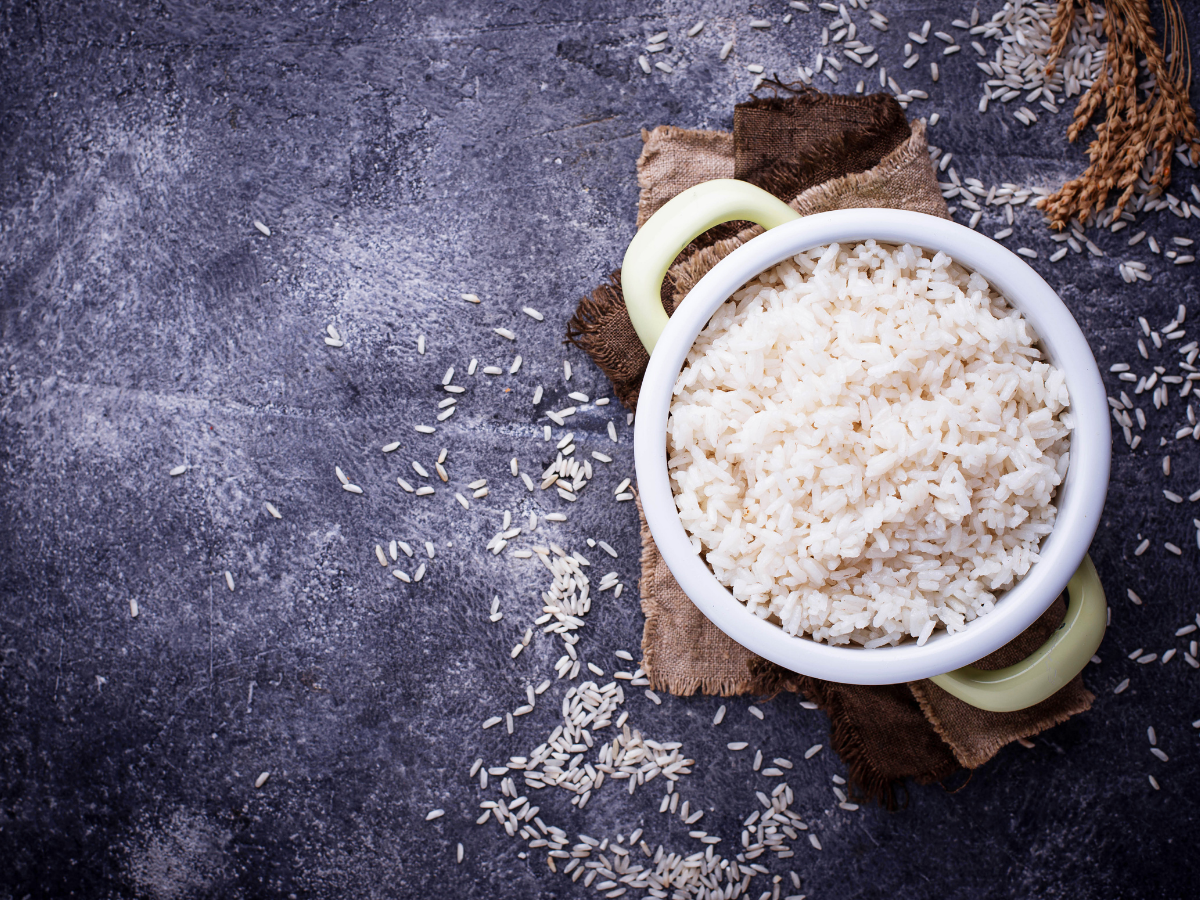Rice is life for most Filipinos. From breakfast to dinner (and sometimes even merienda), rice is the star of nearly every meal. But if you're trying to lose weight, you've probably heard that you need to give it up completely. The good news? That's not true. You can still enjoy rice without sabotaging your fitness goals.
In this guide, we'll show you how to lose weight without giving up rice—by making smarter food choices, understanding how rice fits into your diet, and developing sustainable Filipino-friendly habits that actually work. Research by PubMed Central confirms that traditional staples like rice can remain part of a healthy diet when consumed mindfully.
Why Rice Gets a Bad Rap in Weight Loss
Rice, especially white rice, is often blamed for weight gain because of its high carbohydrate content and its effect on blood sugar levels. But rice itself isn't inherently fattening. The problem is usually how much we eat, what we eat with it, and how active we are. White rice is a high glycemic index (GI) food, meaning it can cause rapid spikes in blood sugar. This can increase hunger and cravings if not balanced with fiber, protein, and healthy fats. But that doesn't mean you have to remove it entirely. Studies from Harvard T.H. Chan School of Public Health explain that context matters—especially portion sizes and meal composition. Meanwhile, the World Health Organization reinforces the importance of dietary balance over food elimination.
Can You Lose Weight While Still Eating Rice?
Yes, absolutely. Weight loss ultimately depends on a calorie deficit—burning more calories than you consume. As long as your overall diet is balanced and you're staying within your daily caloric needs, you can include rice. In fact, some Asian cultures that eat rice daily have lower obesity rates. What makes the difference is the total lifestyle: meal balance, activity levels, and food quality. The key is being mindful of how much and what kind of rice you're eating, and what you're pairing it with. An article published by the Colorado State University Kendall Reagan Nutrition Center supports the idea that traditional staple foods like rice can coexist with healthy weight outcomes when integrated into balanced diets.
Types of Rice and What’s Best for Weight Loss
Not all rice is created equal. Here’s a quick breakdown of common types available in the Philippines:
-
White rice: Most common but has the least fiber. Quick to digest and can spike blood sugar.
-
Brown rice: Higher in fiber and nutrients. It digests slower, keeping you full longer.
-
Red or black rice: Rich in antioxidants and fiber. Less processed and nutrient-dense.
-
Jasmine or Dinorado rice: Aromatic and popular, but also high GI if not portioned properly.
Whenever possible, go for whole-grain rice like brown or black varieties. According to Healthline, these options offer more vitamins, fiber, and satiety compared to refined white rice. The Mayo Clinic also looks into how whole grains contribute to our overall health.
Filipino Eating Habits That Sabotage Weight Loss
You might not realize it, but some everyday habits can stall your fat loss—even if you think you’re eating “healthy.” Here’s where things go wrong:
-
Huge rice portions: A cup turns into three without noticing, especially during ulam refills.
-
Rice-heavy meals without fiber or protein: Think tapsilog without veggies or fiber-rich sides.
-
Sugary drinks and desserts: Rice is fine, but add a milk tea or halo-halo and you’re doubling your sugar load.
-
Eating late at night: Your body’s metabolism slows during sleep. Late heavy meals, especially with rice, can affect digestion and weight gain.
Understanding where you go off-track is the first step to making small, lasting changes.
How to Eat Rice and Still Lose Weight
Instead of ditching rice, make it work for you. Here’s how:
1. Control Your Portion Size
A typical serving of cooked rice should be about 1/2 to 1 cup. Use smaller bowls or even a measuring cup to keep portions in check. Research from the National Institute of Health shows portion control is one of the most effective weight management strategies.
2. Pair Rice With Protein and Fiber
Rice is best when paired with:
-
Lean proteins like chicken breast, fish, tofu, or eggs
-
High-fiber vegetables like kangkong, sayote, ampalaya, or broccoli
-
Healthy fats like avocado or olive oil-based dressings
This combination slows digestion, keeps you full longer, and prevents sugar crashes.
3. Choose Whole-Grain Varieties
Swap white rice for brown, black, or red rice at least a few times a week. If you’re not used to the texture, try mixing brown and white rice together at first to ease the transition.
4. Eat Mindfully
Avoid distractions like TV or phones while eating. Studies from Mindful.org highlight how paying attention to your food improves satiety and prevents overeating.
5. Avoid Fried Rice and Rice Toppings with Sugary Sauces
Garlic rice or silog-style fried rice adds unnecessary fat. Instead, go for steamed or boiled rice and choose grilled or steamed ulam over sweet-sauced ones like tocino or teriyaki-style dishes.
6. Don’t Skip Meals
Skipping meals can backfire and lead to binge-eating at dinner. Eat regular, balanced meals and snacks to avoid overeating later.
How Many Times a Day Can You Eat Rice?
You don’t need to ban rice from dinner or merienda. Instead, structure your day like this:
-
Breakfast: A smaller serving of rice with eggs and veggies
-
Lunch: Normal portion with a protein-packed ulam and salad
-
Dinner: If you’re less active at night, consider skipping rice and loading up on vegetables and lean protein instead
This approach balances energy intake throughout the day without making you feel deprived.
Why Fitness and Activity Matter
Weight loss isn’t just about food. Regular exercise boosts metabolism, regulates blood sugar, and builds muscle—which helps you burn more calories even at rest. A combination of strength training and cardio is ideal. Even 30-minute walks after meals or light jogging around your barangay can make a big difference. And yes, these also help manage your blood sugar after eating rice.
Supplements That May Support Weight Loss
While no supplement will magically burn fat, certain options can support your goals. For example, ingredients like L-carnitine, green tea extract, and fiber-based fat blockers are popular. If lifestyle changes alone aren’t enough, consult a doctor for safe, medically guided options. Our piece on diet vs medication breaks down how they compare with each other and how you can integrate them into your lifestyle.
When to Reassess Your Eating Habits
If you’re eating balanced meals and staying active but not seeing results, consider these red flags:
-
Always feeling hungry after meals
-
Constant fatigue or low energy
-
Unexplained weight gain or bloating
These could point to hormonal issues, stress, or sleep problems. Also, consult with a registered dietitian or endocrinologist if needed.
You Don’t Have to Quit Rice, Just Eat Smarter
Rice isn’t the enemy. With the right approach, you can enjoy your favorite ulam and rice combo without ruining your weight loss progress. The key is balance, mindfulness, and long-term habits you can stick to. If you're considering taking the next step in your wellness journey, explore our wide collection of science-backed articles on weight loss in the Philippines or speak with a licensed healthcare provider to discuss your personalized weight management options.















